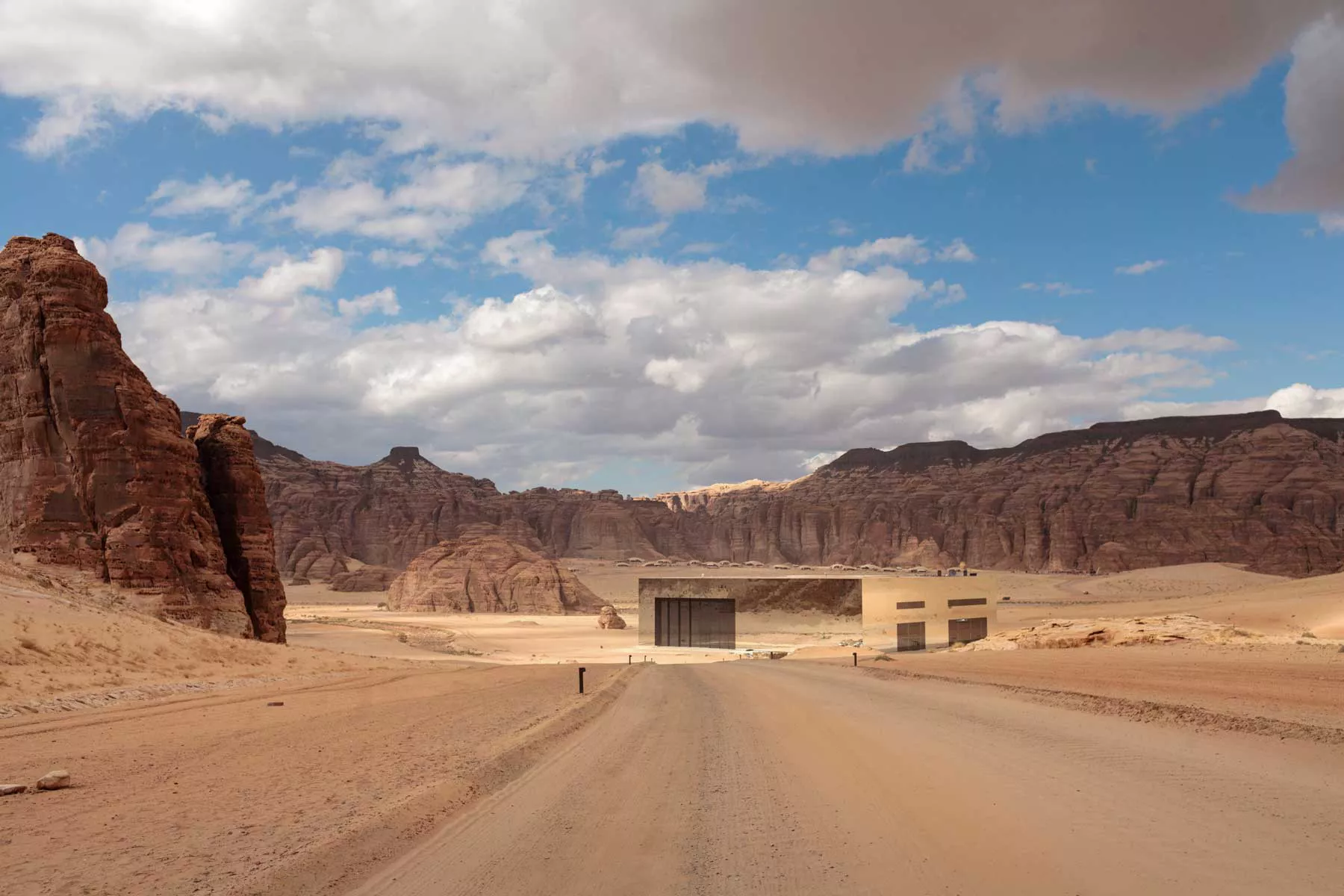Summary
Exploring AlUla, Saudi Arabia: A Hidden Gem Transforming into a Diplomatic and Cultural Hub
AlUla, a fast-growing destination in Saudi Arabia, is rapidly becoming a focal point for tourism, culture, and archaeological exploration. This unique oasis holds both a rich historical significance and ambitious future development plans, making it an exciting place for travelers seeking culture, luxury, and adventure.
Introduction to AlUla
The journey started with an unexpected stop. Our convoy was moving towards a windswept valley near AlUla, an oasis in northwestern Saudi Arabia, when we encountered an official traffic stop. A high-ranking dignitary was en route, creating a buzz in our caravan. Anticipation was palpable, particularly regarding the potential for an encounter with Mohamed bin Salman, the crown prince. Although it turned out to be an American diplomat, this moment encapsulated the excitement surrounding AlUla as it transforms under Vision 2030, aimed at diversifying the economy and welcoming tourism.
Development Plans and Investments
Since the inception of the Royal Commission for AlUla (RCU) in 2017, significant investments have been funneled into creating a luxury oasis for tourists. This includes:
- Construction of a new international airport
- Infrastructure development such as roads and utilities
- Recruitment of luxury hotel operators
- Establishing a local food economy
- Creating conservation programs for endangered species
- Designing major cultural institutions and attractions
The total investment exceeds $15 billion, targeting the establishment of AlUla as a premier cultural and heritage site.
Historical Significance of AlUla
AlUla’s historical relevance dates back thousands of years, serving as a crucial oasis for travelers and nomads. It was a key point on routes for traders and pilgrims heading to Mecca. Home to ancient tombs, petroglyphs, and archaeological sites, AlUla boasts a rich tapestry of heritage that includes the famous Hegra, Saudi Arabia’s first UNESCO World Heritage site. This location is now accessible to international visitors, marking a pivotal moment in the region’s tourism landscape.
Where to Stay in AlUla
Banyan Tree
Banyan Tree: Located thirty minutes from Old Town, this resort is designed like a Bedouin camp, featuring 79 luxurious tented villas on the edge of Ashar Valley.
Habitas
Habitas: Set in a striking red sandstone canyon, these luxury wooden villas offer mixed-gender infinity pools and breathtaking desert views.
Dining Options
Suhail: Nestled in a restored mud-brick house, this restaurant serves contemporary Arabic cuisine along with national dishes.
Attractions to Visit
Dadan
Dadan: This impressive tomb complex from the Dadanite kingdom showcases stunning cliffside carvings.
Hegra
Hegra: This archaeological wonder features 111 tombs carved by the Nabataeans over 2,000 years ago. It’s best experienced at dawn or sunset for spectacular views.
Jabal Ikmah
Jabal Ikmah: Known as the Open Library, this canyon showcases hundreds of pre-Islamic inscriptions.
Maraya
Maraya: Renowned for its mirrored façade, this performance hall features a variety of musical acts and a vibrant rooftop dining experience.
Sharaan Nature Reserve
Sharaan Nature Reserve: A vast wilderness preserve home to elusive desert wildlife, offering a true nature experience in Saudi Arabia.
Travel Information
Saudi Arabia provides one-year, multiple-entry tourist e-visas, available for $80 at visa.visitsaudi.com. Flights to AlUla connect through major hubs like Riyadh and Dubai. For a short stay, consider the Four Seasons at Kingdom Centre before heading to AlUla.
AlUla offers a new vision for Saudi Arabia by marrying rich history with bold future ambitions. The region’s transformation is pivotal not only for tourism but for the cultural dialogue and exchanges it fosters. The landscape of AlUla invites travelers from around the world to explore and experience its timeless treasures.




